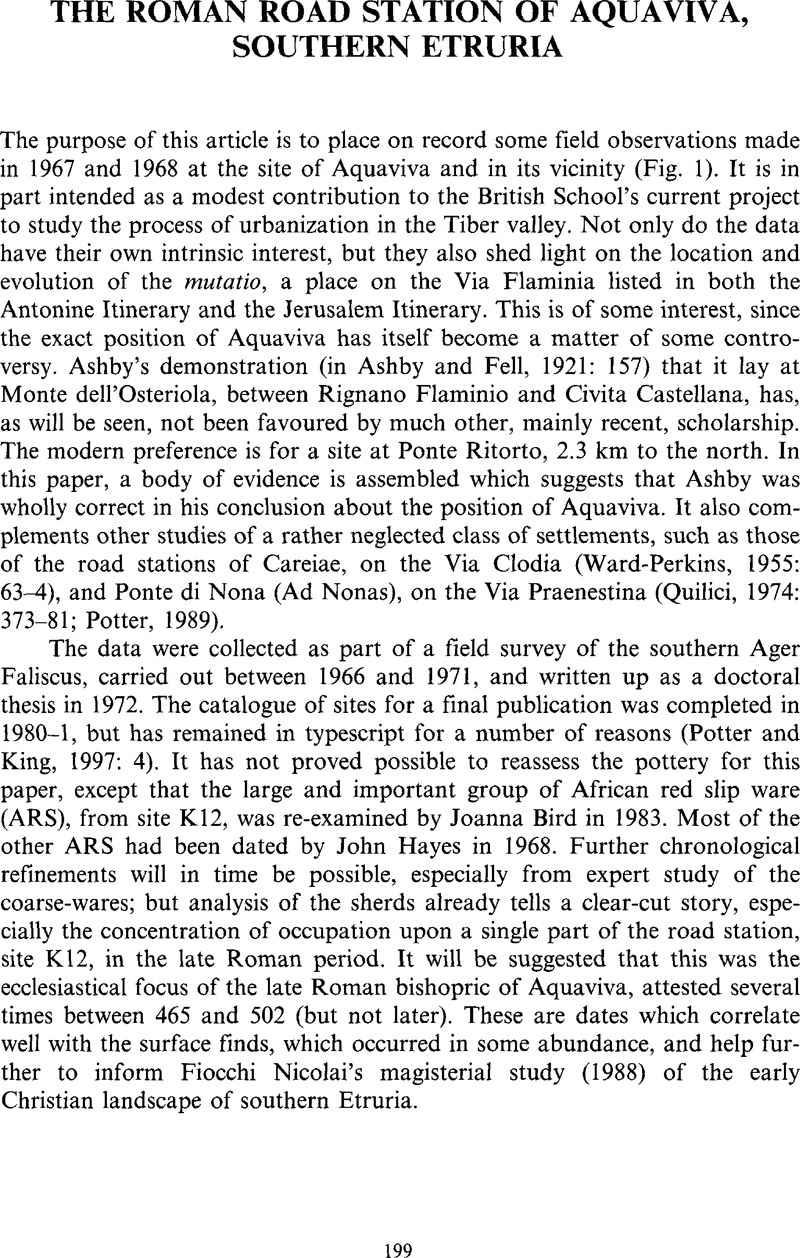Crossref Citations
This article has been cited by the following publications. This list is generated based on data provided by Crossref.
Patterson, Helen
Di Giuseppe, Helga
and
Witcher, Rob
2004.
Three South Etrurian ‘crises’: first results of the Tiber Valley Project.
Papers of the British School at Rome,
Vol. 72,
Issue. ,
p.
1.
Johnson, Paul
Keay, Simon
and
Millett, Martin
2004.
Lesser urban sites in the Tiber valley: Baccanae, Forum Cassii and Castellum Amerinum.
Papers of the British School at Rome,
Vol. 72,
Issue. ,
p.
69.



